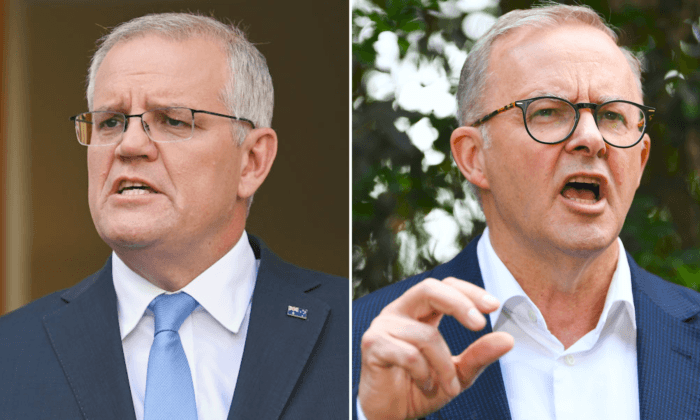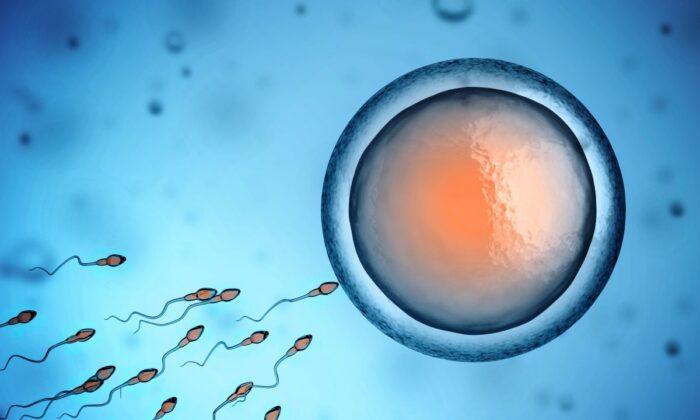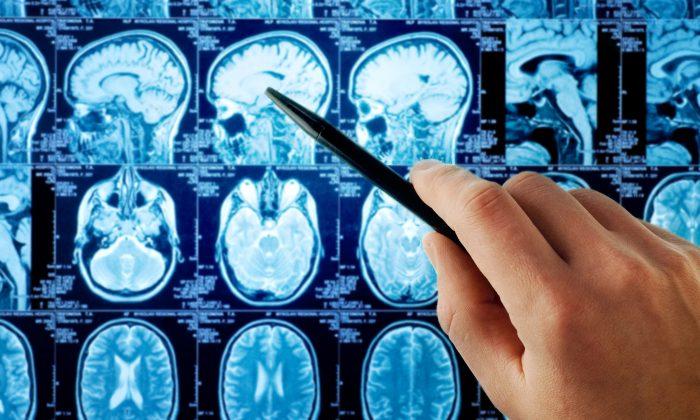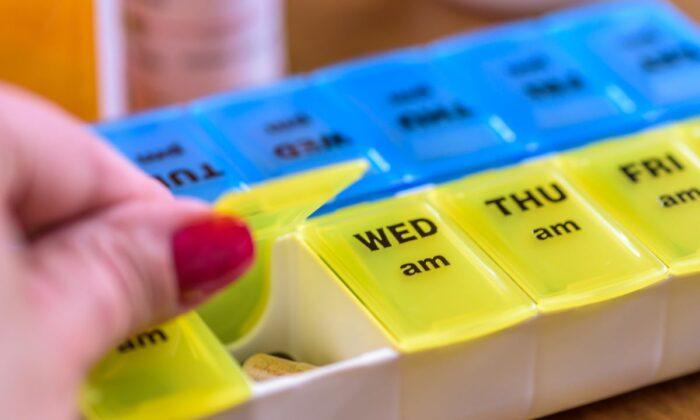Both the Australian federal government and opposition have backed two renewable hydrogen hubs in the state of Western Australia (WA) through a $140 million (US$103.6 million) funding commitment.
The bipartisan federal support for the projects comes on the back of WA government’s $117.5 million investment in late 2021 to attract federal funding for renewable hydrogen hubs in WA.
The two hubs, located in Kwinana and the Pilbara, are expected to attract more than $410 million in private and public investment to WA and create at least 3,600 jobs.
Hydrogen Industry Minister Alannah Mac Tiernan welcomed the support from federal Liberal and Labor.
“Both the Pilbara and Kwinana projects present terrific opportunities for WA and we are glad both sides of federal politics have thrown their support behind them.”
The WA government had already budgeted $70 million for the $140 million Pilbara Hub, with support from a range of local and international private partners, while $300,00 had been provided by the state towards a feasibility study for BP Australia’s proposed $252.5 million H2Kwinana Clean Hydrogen Industrial Hub.
Despite this process being energy-intensive, when done using 100 percent renewable energy, it produces a flexible, zero emissions source, which is a clean alternative to coal and natural gas.
“Renewable hydrogen presents a big opportunity for industries right across WA to reduce their emissions and embrace a cleaner future, and our funding commitment to demand stimulation will help companies take that leap,” Mac Tiernan said.
Meanwhile, speaking from the election campaign trail on Tuesday, Prime Minister Scott Morrison said the WA hydrogen hubs “focus on regions where producers, users, and potential exporters of hydrogen are located.”
“It’s an ecosystem,” he said.





